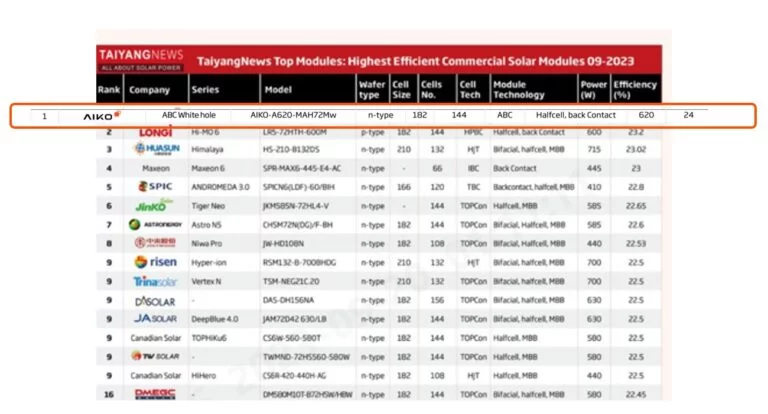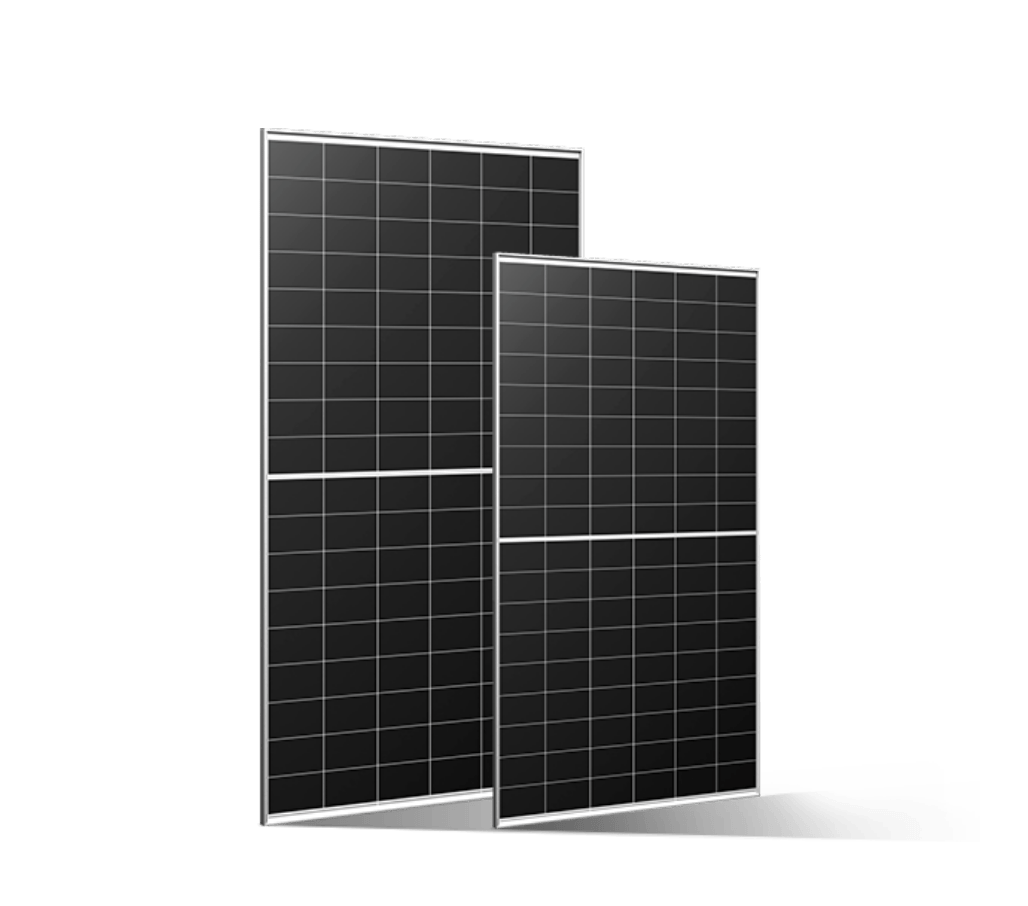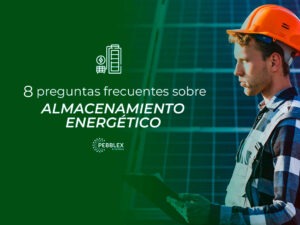Have you ever wondered what it means for a solar panel to produce 300 Wp? Have you tried doing the conversion to find out how much consumable energy is produced? Today we answer all your questions about the kW that a solar panel can produce in 24 hours.
There are terms that are especially relevant when it comes to understanding how the energy production of solar panels works. We have already discussed the most important ones in previous posts, but when studying the efficiency and energy production of a solar panel they must be taken into account.
Furthermore, there are certain factors that determine panel production such as sunlight, the number of solar hours or the efficiency of the solar panel among others. These factors are extremely important when calculating the surpluses that can be obtained.
Achieving maximum energy efficiency is a challenge that many companies and individuals face today. In a solar laboratory like Pebblex's, the panels can be monitored and the behavior of these systems studied.
The most efficient panel in the world is by Aiko Solar cwith a power of 620Wp, have reached an impressive milestone by achieving 24% efficiency.

How much energy does a solar panel produce per day?
To calculate how much energy a solar panel is capable of producing with a high efficiency rate, different variables must be taken into account such as the power of the solar panel, the number of hours of sunlight and the efficiency of the system. Once all the data has been gathered by applying the formula for calculating daily production, the necessary information can be obtained.
Solar production varies throughout the year depending on the season we are in since the hours of light are reduced in winter and increased in summer, which is why it is important to make calculations of energy production in relation to the number of hours of light in the day.
For example, a summer day in our Solar Lab, With favorable weather conditions in which about 12 hours of sunlight are estimated, a panel Aiko of 620 Wp with an efficiency of 24%, could produce around 3.8 kWh/day.
This means that this panel is capable of producing a high amount of energy due to the hours of light to which it is exposed.
However, a winter day It is estimated that in Spain there are around 6 hours of sunlight. In this case, the same Aiko panel could produce around 2.5 kWh/day.
We might also want to estimate how much solar energy can be produced all our photovoltaic installation.
For example, suppose we have a photovoltaic installation in a shopping center in Madrid of 150 kWp with 250 solar panels Aiko 24% of 620 Wp. During the month of August, a generation of 24.737 kWh would be obtained. The energy needs of the shopping center in the month of August would be 19.854 kWh.
Thanks to an installation of these characteristics, a shopping center could be energy self-sufficient during the 8 daily hours of sunlight coinciding with the average hours of highest energy consumption, at the same time obtaining surpluses from the photovoltaic installation.
If you want to store the remaining energy for use on another occasion, the installation can be equipped with a smart battery. Pixii PowerShaper, which allows maximizing the company's energy efficiency.

En Pebblex, we have a photovoltaic laboratory in which we offer engineers and installers the possibility of comparing the performance and efficiency of solar panels and energy storage batteries to make their projects a success.

Solar Panel N-Type ABC White
The Aiko photovoltaic module with Back Contact N-Type ABC White technology offers a record efficiency of 24% with low degradation, low temperature coefficient and a 15-year, 30-year production warranty.



